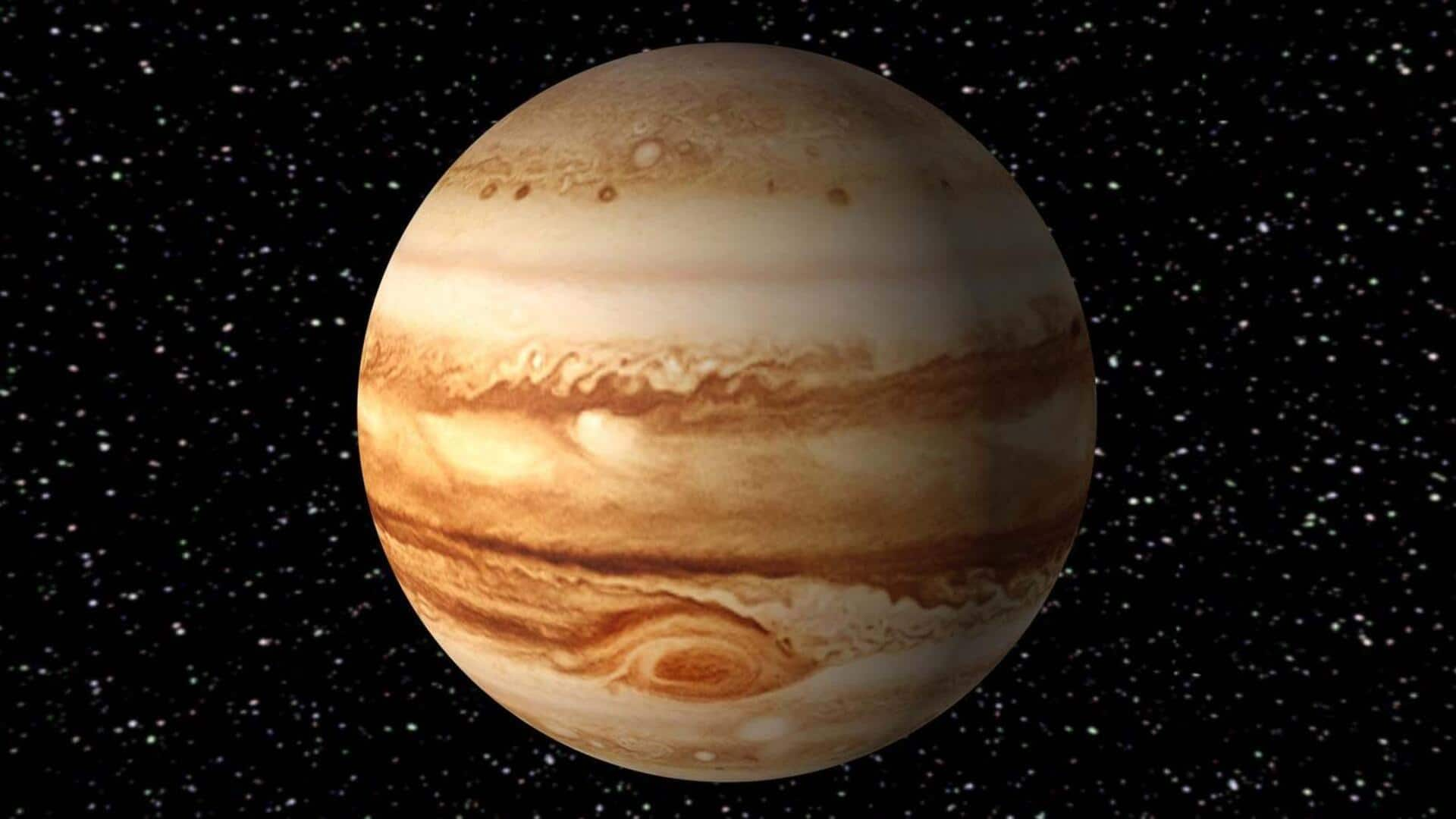**Jupiter and the Moon to Appear Close Together in the Sky: How to Watch**
*By Dwaipayan Roy | October 12, 2025, 5:20 PM*
On October 13, skywatchers will have the chance to see the Moon appear close to Jupiter, the largest planet in our solar system. This notable celestial event is best observed late Monday night into early Tuesday morning.
**When and Where to Look**
The Moon will rise above the east-northeastern horizon shortly before midnight, with Jupiter shining about six degrees to its right. To get the best viewing experience, plan to be outside between late Monday night and early Tuesday morning.
**How to Measure the Distance Between the Moon and Jupiter**
To gauge the distance between the two celestial bodies, extend your clenched fist at arm’s length. The gap between the Moon and Jupiter will be a little more than half the width of your fist. Although they appear close together in the sky, it’s important to remember this is an illusion caused by perspective—while the Moon is just 378,195 kilometers away from Earth, Jupiter is much farther off.
**Planetary Position Details**
Currently, Jupiter is positioned in the constellation Gemini, near the star that marks Pollux’s right hand. It will rise just above the east-northeast horizon at approximately 11:40 PM local daylight time (US). However, Jupiter won’t reach an altitude of 30 degrees above the horizon until around 2:30 AM.
This elevation is key for astronomers and enthusiasts since sharp telescopic views are rarely possible until a celestial object climbs to this height, due to Earth’s turbulent atmosphere.
**What to Expect Through a Telescope**
Viewing Jupiter through a telescope promises a fascinating experience. The planet’s light and dark cloud bands run parallel to its equator and display slow changes. The famous Great Red Spot, known for its enduring storms, appears to be shrinking and wobbling as it undergoes dynamic fluctuations and changes shape.
During the late hours of October 13, all four of Jupiter’s Galilean satellites will become visible with steady-held binoculars or a telescope, adding to the spectacle.
Don’t miss this opportunity to witness one of nature’s beautiful sky events — the close pairing of Jupiter and the Moon in the night sky. Grab your binoculars or telescope, look east-northeast after midnight, and enjoy the cosmic show!
https://www.newsbytesapp.com/news/science/jupiter-will-shine-near-the-moon-tomorrow-viewing-tips/story
